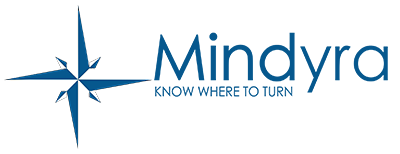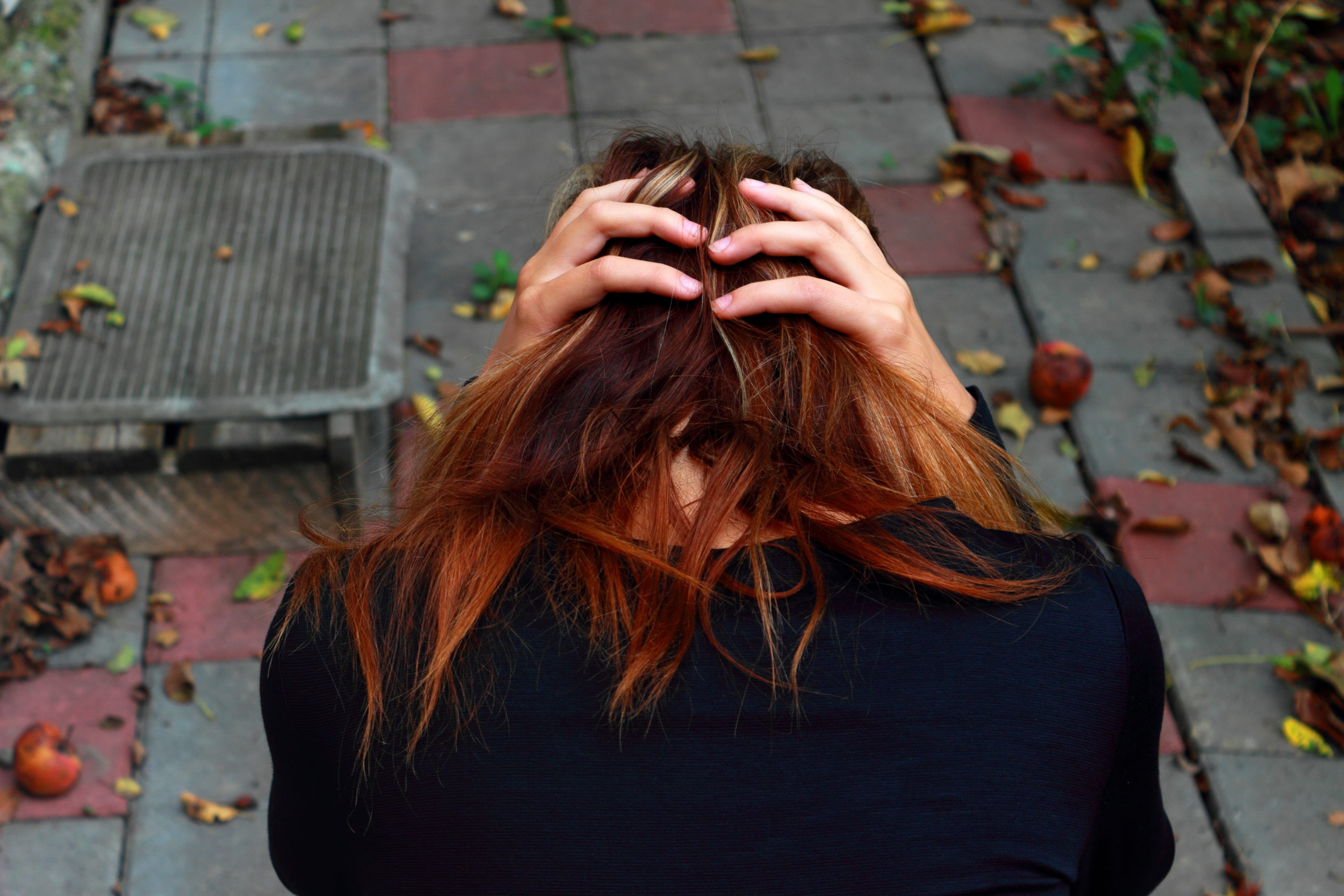The prevalence of trichotillomania among younger children remains largely unknown. It occurs about equally in boys and girls in childhood. Trichotillomania is characterized by two main symptoms:
- Recurrent pulling out of one’s hair, resulting in hair loss
- The person has repeatedly and unsuccessfully tried to decrease or stop hair pulling
Individuals with trichotillomania may pull hair from any place on the body. However, the most common sites are the scalp, eyebrows, and eyelashes. Often individuals with trichotillomania will manipulate the pulled hair in some way, for example, by rolling it between their fingers, biting it, and/or swallowing it.
The hair loss may be very noticeable; for example, the person may have a bald patch (often on the crown or sides of the head) or complete hair loss on the scalp, eyelashes, or eyebrows. However, in other cases hair pulling may be distributed and the hair loss may be less noticeable. The person may also disguise the hair loss with makeup, scarves, or wigs.
A person with trichotillomania may pull in response to an urge or an itch-like sensation that is relieved by pulling. Other times, pulling may occur without the person being fully aware of it. People with trichotillomania sometimes report experiencing a sense of relief or satisfaction after pulling. Children in particular may deny engaging in hair pulling behavior due to embarrassment or fear of negative evaluation by others.
For trichotillomania to be diagnosed, the hair pulling or its consequences also needs to be distressing (upsetting) or impairing (getting in the way of the person’s life).








